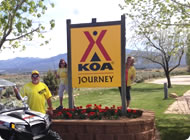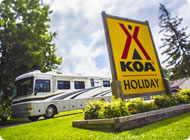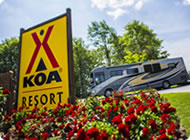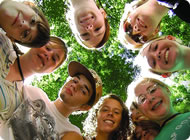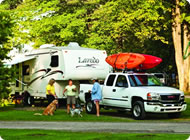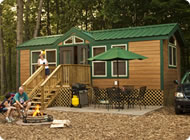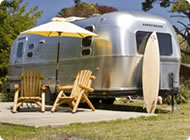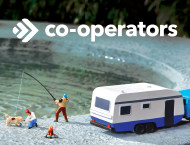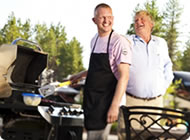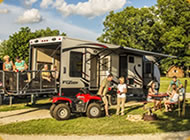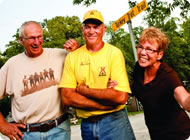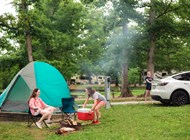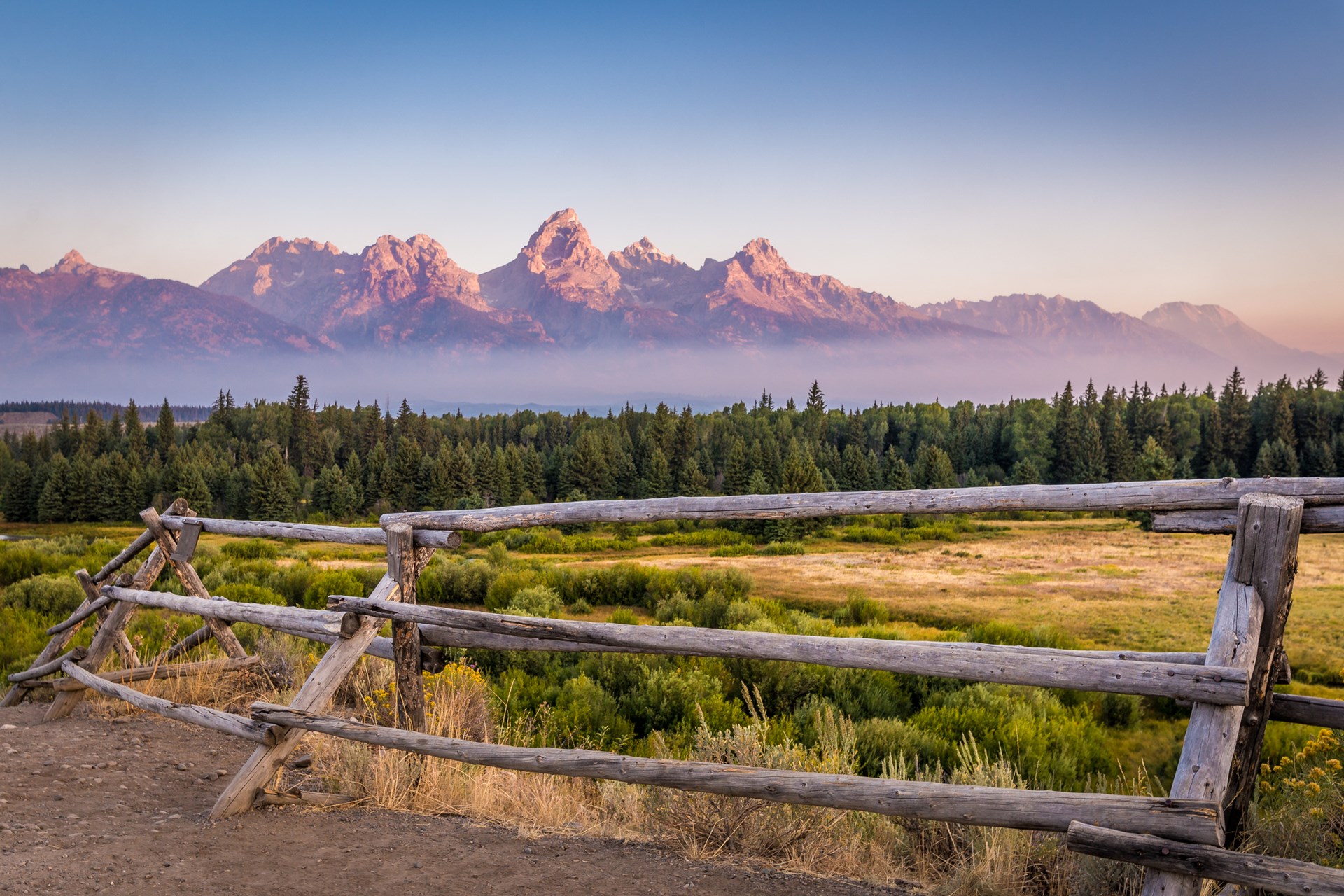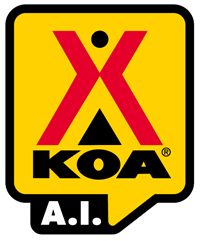Are you envisioning a getaway with breathtaking landscapes, lush meadows and jagged mountain peaks? Grand Teton National Park is one of the most geologically diverse mountain ranges in Wyoming. However, this spectacular park is often overshadowed by its famous neighbor, Yellowstone National Park, which lies around 10 miles north.
While underrated, Grand Teton can hold its own and offers more than 300,000 acres of historical sites, scenic lakes and epic hiking trails for you to explore. The Grand Teton mountain range, originally called “The Three Brothers” by Indigenous groups, has astounded visitors for centuries with its natural splendor. Leave the city life behind for horseback riding, world-class fishing and mountain vistas that you will never forget. Here are three itineraries to choose from when visiting Grand Teton National Park.

3-Day Grand Teton Itinerary
Do you have 72 hours or less in Grand Teton? No problem! Here is an example of how to spend your three days in Grand Teton.
Day 1: Horseback Riding and Scenic Views
Not sure what to see in Grand Teton? Start with a glimpse of the most famous photo areas. Consider stopping by Oxbow Bend overlook along Snake River. Oxbow Bend is a crescent-shaped turnout that offers spectacular views of the northern Teton Range year-round. You can spot tons of diverse wildlife here, including river otters, beavers, trumpeter swans and bears.
Your next stop is Snake River Overlook, which became a famous picture spot after Ansel Adams’ photo became famous. Many visitors try to recreate the renowned photo. This is one of the best ways to see Grand Teton National Park because there is no hike required to get to the stunning spot!
You can see plenty of astounding viewpoints traveling by car through the park, but you can also go horseback riding for an Old West experience. Horseback tours of Grand Teton National Park are led by knowledgeable wranglers who will give you plenty of insight into the park’s wildlife, flora and history.
Day 2: Sunrise Hike and Jenny Lake
Get up early on day two of your trip for a sunrise hike of your choosing. Grand Teton National Park offers many sunrise hike possibilities because its peaks face the east. Nature lovers and photographers will get to experience the golden alpenglow of the Teton Range in the distance.
You can start early with a hike to Hidden Falls and Inspiration Point. This hike is an easy place to start if you plan to hike all day. You will even get to loop around Jenny Lake, one of the most popular things to see in Grand Teton. You will get incredible views of the mountains and access to speedboats that take visitors to popular hiking destinations around the lake.
Day 3: Wildlife Viewing and Sunset Picnic on the Lake
After a long day of hiking from sunrise to sunset, you will probably want to wind down on your last day, and what better way than renting a kayak or canoe on Jackson Lake? This recreational lake is a must-see in Grand Teton. You can lounge in the water or enjoy one of these watersports:
- Windsurfing
- Sailing
- Fishing
- Kayaking
- Canoeing
You will get the chance to spot plenty of wildlife along the riverbank while soaking in the view. If you opt for a guided fishing trip, you can explore many side streams and creeks with local anglers.
End the day with a sunset picnic on the water. The perfect way to close your quick trip to Grand Teton!
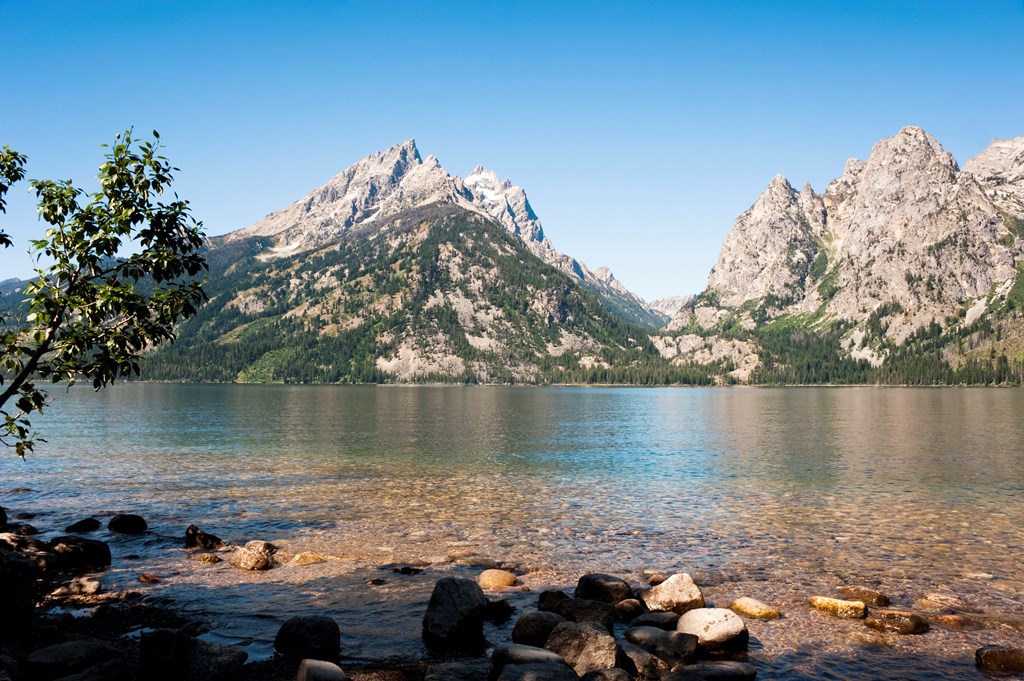
4-Day Grand Teton Itinerary
Have you decided to add an extra day to your trip? When it comes to exploring Grand Teton, the more days, the better! Here is how you can spend four days in the park.
Day 1: Death Canyon and Phelps Lake
Take advantage of your energy and conquer the Death Canyon to Static Peak Divide Junction Trail! This 7.7-mile hike is considered strenuous — perfect for those who want a heart-pumping start to the day. You can access the Death Canyon trailhead by Moose-Wilson Road. As you hike, you will come across the Phelps Lake Overlook.
You can take some photos here before reaching the patrol cabin and continuing toward the Static Peak Divide Junction Trail. If the weather permits, you can stick around the lake and try out one of the best things to do in Grand Teton National Park — jumping off the big boulder into the cool waters of Phelps Lake!
Day 2: Taggart and Bradley Lakes
Grand Teton is home to many alpine lakes for you to enjoy. Spend day two exploring the land bridge between Taggart Lake and Bradley Lake! Both locations are relatively easy to get to and have beautiful clear waters for the perfect photo-op!
The hikes here are mostly flat and have plenty of tree cover, so they are perfect for families with young children. Chill out on the nice sitting rocks at Taggart Lake and try to spot some unique wildlife!
Day 3: Grand Teton Scenic Drive
After a day of hiking, one of the top things to do in Grand Teton National Park is take a scenic drive that allows you to hit some of the most popular locations. Grand Teton scenic drives provide the perfect opportunity for a day road trip. You can explore these routes:
- Jenny Lake Scenic Drive
- Moose-Wilson Road
- Signal Mountain Summit Road
- Teton Park Road
Depending on where you start, you can follow the base of the Teton Range and explore the detours, overlooks and viewpoints. Be ready to pull over and get your camera out — you will want to stop often to take photos and savor the views.
Day 4: Swimming Beach at Colter Bay
Your last day calls for relaxation, of course! Take a short drive over to the Colter Bay beach for the perfect picnic and swimming spot to end your Grand Teton trip. You will find plenty of picnic tables and spots under shaded forest trees to sit back and enjoy the scenery and the lake breeze. Some sites in this area have fire rings and grills for visitor use.
As the day gets warmer, head into the water for a refreshing dip and enjoy a full view of the mountains in the distance. Fortunately, Colter Bay sits at a lower elevation than some of Grand Teton’s alpine lakes, so the water is not usually as cold.
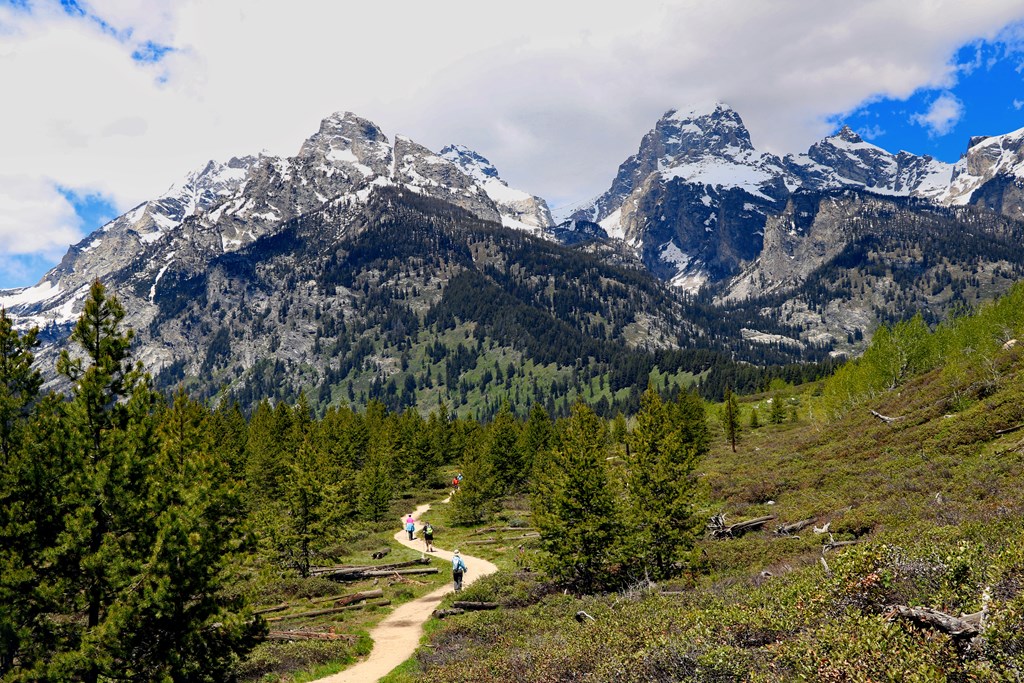
5-Day Grand Teton Itinerary
Not sure how many days to spend in Grand Teton National Park? If you can carve out at least five days, you will have ample time to explore the best sights and activities!
Day 1: Iconic Location Hikes
On day one, start by checking out the popular locations early! One of the best things to see in the Grand Teton National Park is Schwabacher Landing, one of the most photographed spots in the entire park. When you take a sunrise hike on a day without wind, you might just capture the image of the Teton Range reflecting off the still water. The river is also a popular spot to view beavers, who work tirelessly year-round to reinforce their dams. Fun fact — you can see the Milky Way directly above the Teton Range from Scwabacher Landing during the summer!
If you are up for the challenge, take on the hike up to Delta Lake. This iconic spot is recommended only for experienced hikers due to its steep inclines and partially off-trail areas. However, the view of the turquoise-blue water caused by the Teton Glacier is worth it!
Day 2: Lake Cruise and Biking
Your second-day Grand Teton National Park itinerary starts with getting out on the water! You can bring your own watercraft, rent equipment or even look for lake cruise opportunities. Some family-friendly cruises even serve delicious meals complete with pancakes and pastries. You will also get to learn about the history and folklore of Grand Teton!
After breakfast, rent bikes and go for a scenic ride on the Grand Teton Pathway along the base of the Teton Range.
Day 3: Jackson and Aerial Tram
On your third day, start by exploring the town of Jackson. As one of the biggest towns in the area, Jackson offers plenty of activities, including horseback riding, whitewater rafting and wildlife safaris. You also cannot miss the Jackson Hole Rodeo, which hosts many exciting horsemanship events.
Stroll down Jackson Town Square and walk under the archway of shed elk antlers before visiting the Jackson Hole Playhouse for some amazing live performances. Finally, if you can make it before 5 p.m., be sure to take a ride on the Aerial Tram from Teton Village to the top of Rendezvous Mountain for breathtaking 360-degree views. The tram is open from May to October.
Day 4: History Day
One of the best things to see in Grand Teton is the National Museum of Wildlife Art, located in Jackson. This museum showcases a variety of wildlife art, exhibits and events curated by the community. You can browse the library, grab a treat at the cafe or sign up for a guided tour of the Elk Refuge!
Next, take an afternoon trip to picturesque Mormon Row to see a piece of history frozen in time. You will see several impressive barns and homesteads built by Mormon settlers in the late 1800s. One of the barns took 30 years to build and remains intact to this day.
Day 5: Relax and Unwind
Use your fifth day as an opportunity to relax and enjoy the perfect mountain views. Check out the Jackson Hole Golf & Tennis Club for golfing, tennis, swimming and fitness opportunities. This spot is located just outside the park on the way to Jackson and is open to the public on a limited basis.
If you want to be closer to nature, visit the Granite Hot Springs just south of Jackson. Relax in the warm water of the natural thermal springs against a backdrop of jagged cliffs and serene forests.
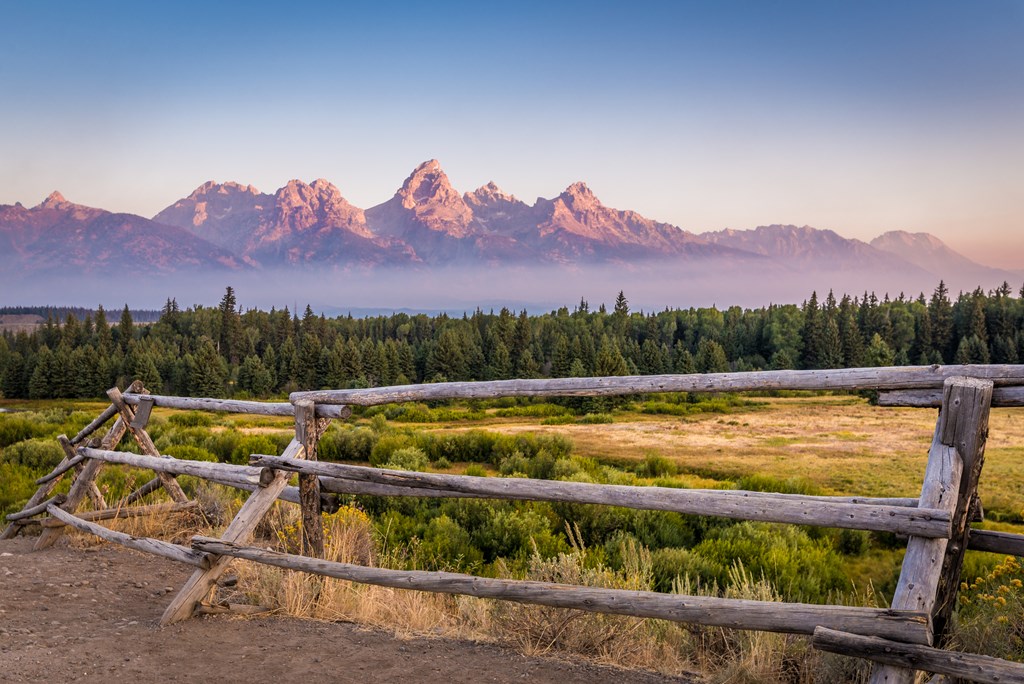
How Many Days Do You Need in Grand Teton?
While you can certainly see some beautiful sights in Grand Teton in a half-day or full day, you likely will not have time to hike into the mountains for the best views or encounter wildlife on hidden paths. Those on a time crunch may also be limited to the popular areas of the park, which can become crowded.
For a worthwhile trip, you should plan to spend an extended weekend in Grand Teton National Park — three full days at the very least! There are so many spectacular hiking trails and viewpoints throughout the park that you will not want to miss. The longer you stay, the more activities you can enjoy, such as hiking, horseback riding, rafting and fishing! You will also get to fully soak in all the beauty and tranquility Grand Teton has to offer.
Where to Stay When You Travel to Grand Teton National Park
When you are looking for a place to stay near Grand Teton National Park, you can rely on Kampgrounds of America. From Tent Sites and Deluxe Cabins to RV Sites, KOA offers many ways to stay near the rugged natural wonders of the Wild West!
KOA has many locations in Wyoming, so you can explore this beautiful state and return to your campsite for a relaxing rest. Dubois / Wind River KOA Holiday sits just 50 miles east of Grand Teton, and it is only another 25 miles to Yellowstone National Park! You can spend the entire day exploring before driving back to base camp on an unforgettable scenic route.
What to Know Before You Visit Grand Teton
If you are planning a couples or family Grand Teton vacation, here are some things to consider to ensure a safe and enjoyable trip.
1. Extreme Weather Conditions
Grand Teton tends to experience long winters — snow and frost sometimes linger until April! Be aware that if you camp during these months, you will likely experience some chilly nights. Also, keep an eye out for thunderstorms, which often arrive around July and August. Check the weather ahead of your trip, and ask park rangers about trail conditions and any equipment you might need for a comfortable trip.
2. Parking
As with any national park, it can be a challenge to find parking at popular trailheads during busy times and seasons. Grand Teton has nine parking lots scattered throughout the park, but it is best to arrive early to snag a spot.
3. Wildlife and Safety Precautions
Be sure to watch for wildlife when driving on the roadways or hiking through the park. You might come across moose, bison, elk, coyotes, pronghorn, bald eagles and wolves. Always stick to the speed limits on the parkway, and use extra caution at night for your safety and the safety of the wildlife. If you encounter an animal while exploring a trail, keep your distance.
Grand Teton National Park is home to both grizzly and black bears. If you are camping in the park, it is important to store your food properly to avoid attracting them to your site. You must also stay alert when hiking through trails. Check out these bear safety tips to learn the basics.

Grand Teton National Park FAQ
With so many exciting things to do at Grand Teton, you probably have some lingering questions. Here are a few important details to add to your Grand Teton National Park trip planner.
1. What Are the Grand Teton Park Hours?
Grand Teton National Park is open year-round. Though the park entrance gates do not close, some facilities, roads, ranger stations, Grand Teton Visitor centers and concessions close seasonally.
For example, some parts of Moose-Wilson Road and Teton Park Road close during winter because of snow. However, winter is a great time to check out the park if you are interested in cross-country skiing, snowshoeing, snowmobiling or guided Grand Teton Park tours! Check out the Grand Teton Park News page to learn more about seasonal closures.
2. What Is the Best Entrance to Grand Teton National Park?
There are a few official entrances to Grand Teton National Park — Granite Canyon, Moose and Moran Junction. The Granite Canyon entrance has the most scenic views, but it is the slowest way to get into the park. The Moose entrance, located less than 1 mile from a Grand Teton National Park visitor center, is best for those driving in from Jackson. Moran is the easiest entrance for those coming from the north and is the closest to Jackson Lake and the Colter Bay area.
If you happen to visit Yellowstone before Grand Teton, you will not see an official entrance as you drive south! You can drive south straight into the park as long as you have your entrance pass!
3. Does Grand Teton National Park Have an Entrance Fee?
Yes. Here is a look at entrance fees:
- $35 for private, noncommercial vehicles
- $30 for a private motorcycle
- $20 for bicycles or those entering on foot
Because Grand Teton is far too big to explore on foot alone, you will likely want to take your car or rent one. Your $35 entrance fee covers admission for all passengers in the vehicle!
4. When Is the Best Time to Visit Grand Teton?
Grand Teton National Park is beautiful year-round, but your best bet is to visit sometime between May and September. This is when the park’s hiking trails, visitor centers, kayaking activities, horseback riding and fishing opportunities are open and accessible.
If you want to see the leaves change, you can visit in October. Keep in mind that restaurants and some roads close in November for the winter. If you visit over a holiday or on a fee-free day, you can expect bigger crowds, long park entrance lines and less parking.
5. What Restaurants Are in Grand Teton National Park?
There are several restaurants located inside Grand Teton National Park. You will find a diverse mix of fine dining establishments and casual pizzerias:
- Trapper Grill
- Deadmans Bar
- Mural Room
- Pioneer Grill
- Blue Heron Lounge
- Ranch House
- Cafe Court
- Leeks Pizzeria
- Headwaters Lodge
If you venture outside the park, you will find Dornans located near the Moose entrance. This restaurant is a must-see in Grand Teton! Enjoy pasta and pizza on their rooftop deck, which offers spectacular views of Teton. They also have a market and deli for quick bites.
Stay Near Grand Teton at a KOA Campground
Grand Teton National Park is the perfect vacation for outdoor enthusiasts, families and couples! If you are planning a trip to enjoy this breathing park, camp in comfort at Dubois / Wind River KOA Holiday. You will have a memorable experience exploring Grand Teton before coming back to your campsite to take advantage of on-site amenities, recreational activities and extended stay options. Book your stay near Grand Teton and Yellowstone, or check out other locations throughout the Rocky Mountains!
About the Author: Kampgrounds of America
Kampgrounds of America is the largest system of open-to-the-public campgrounds in the world, with over 500 locations across the United States and Canada. Founded in Billings, MT in 1962, KOA’s family of campground brands – KOA Journey, KOA Holiday and KOA Resort – today serve more than a million camping families each year. KOA is dedicated to “connecting people to the outdoors and each other” by providing people with a variety of camping experiences and the information they need to make the most of their camping trip. Read more of their camping and travel resources by visiting KOA.com/blog.





